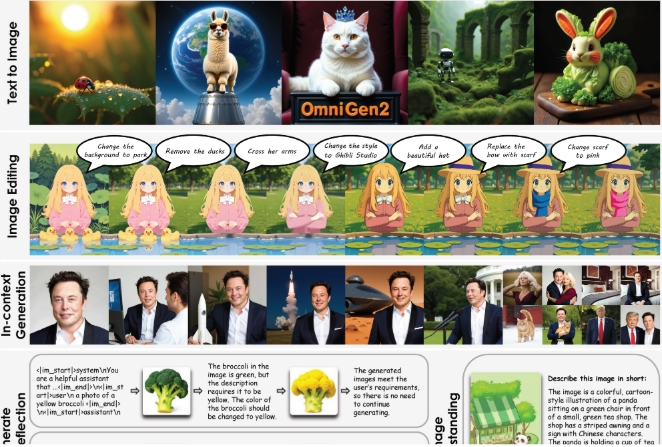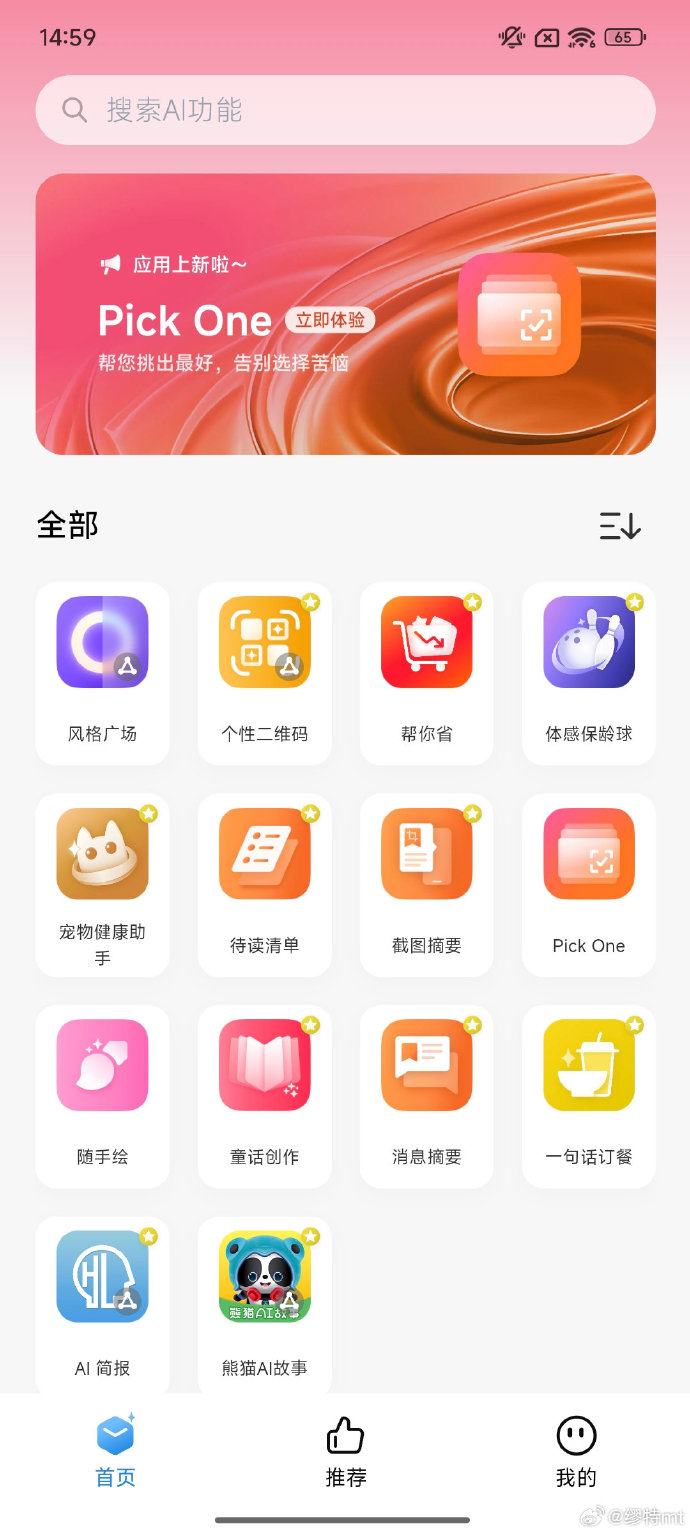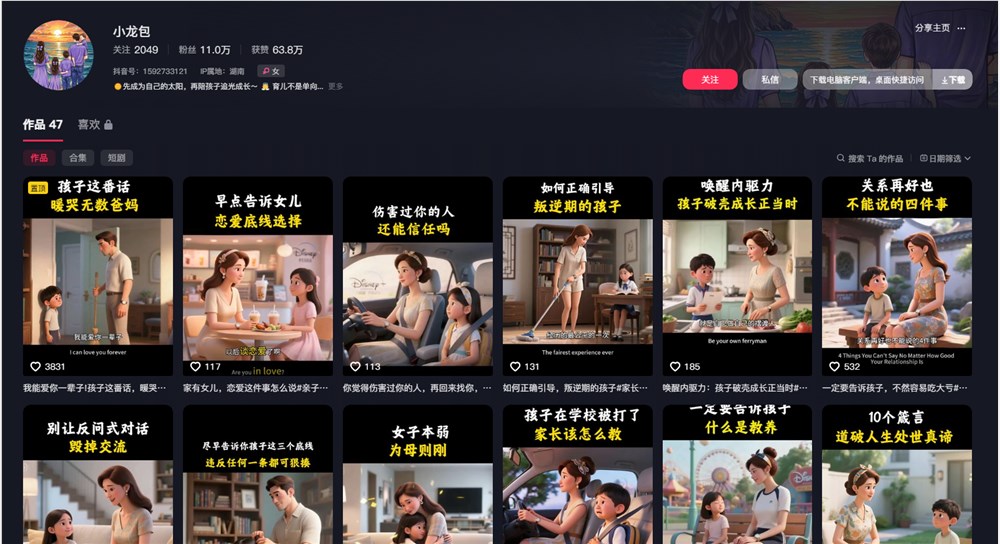AI technology company Anthropic announced on August 28 that the Artifacts feature of its AI assistant Claude is now available to all users. This significant update is not only applicable to the web version but has also been extended to iOS and Android mobile applications, allowing users to create and browse Artifacts anytime, anywhere.
It is reported that the Artifacts feature launched a preview version in June of this year and has gained widespread recognition from users within just two months, with tens of millions of Artifacts already created.
This feature essentially serves as a dynamic workspace, displaying the outcomes of conversations with Claude in real-time alongside the chat interface, significantly streamlining workflows and enhancing team collaboration efficiency. Artifacts supports the creation of various content types, including documents, code, vector graphics, and even simple games.
Users can generate these contents through conversations with Claude and showcase the results in a dedicated window with a single click. This intuitive interaction method not only facilitates real-time viewing and iteration of works but also opens up new possibilities for communication among team members.
Anthropic officially states that the Artifacts feature can help all kinds of teams create high-quality work products at an unprecedented speed. Developers can draw architectural diagrams based on code repositories, product managers can create interactive prototypes for rapid functional testing, designers can build powerful visualization features to accelerate prototyping, marketers can design marketing campaign dashboards that include performance metrics, and sales teams can visualize sales pipelines and provide predictive insights.
The full opening of the Artifacts feature and its support on mobile devices mark an important step for Anthropic in AI-assisted workflows. This not only enhances the practicality of Claude but also provides users with a more flexible and efficient way of creative collaboration. With more and more users starting to use this feature, we have reason to expect to see more innovative application cases emerge, further driving the deep application and development of AI technology across various industries.







